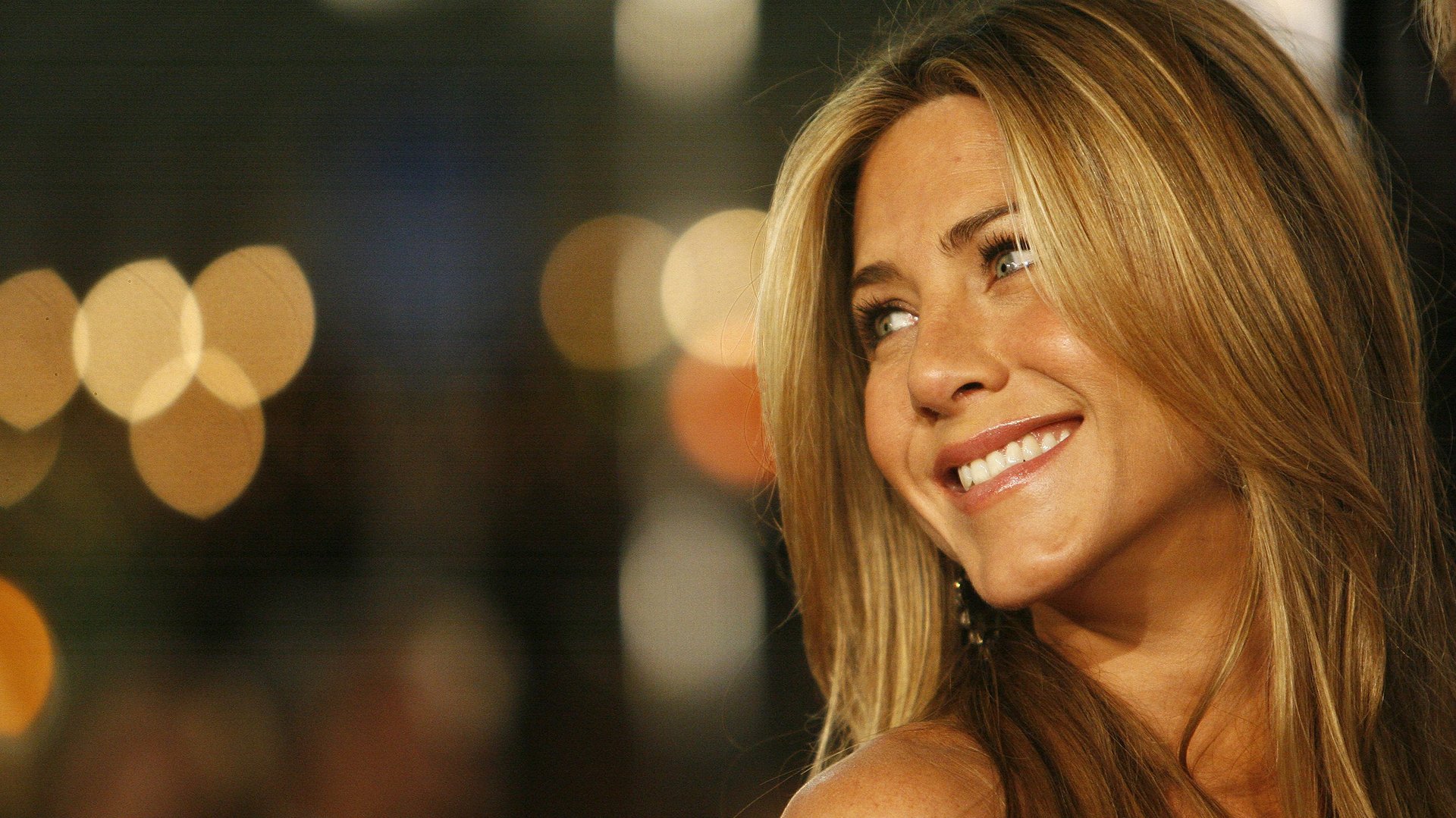The “Jennifer Aniston neuron” is the foundation of compelling new memory research
A little over a decade ago, neuroscientist Rodrigo Quian Quiroga published a paper (pdf) detailing his discovery of the “Jennifer Aniston neuron.” Looking for the areas of the brain that cause epileptic seizures, Quiroga discovered that one subject had a neuron that steadily fired whenever she was shown a photo of Jennifer Aniston. It didn’t fire for other celebrities, but seemed linked to the concept of Jennifer Aniston. Another subject had a Halle Berry neuron, and another had one that fired in response to Bill Clinton.


A little over a decade ago, neuroscientist Rodrigo Quian Quiroga published a paper (pdf) detailing his discovery of the “Jennifer Aniston neuron.” Looking for the areas of the brain that cause epileptic seizures, Quiroga discovered that one subject had a neuron that steadily fired whenever she was shown a photo of Jennifer Aniston. It didn’t fire for other celebrities, but seemed linked to the concept of Jennifer Aniston. Another subject had a Halle Berry neuron, and another had one that fired in response to Bill Clinton.
We don’t all have Jennifer Aniston neurons, nor is there one neuron whose sole job is to recognize Jennifer Aniston. (Quiroga says there are likely many neurons that fire in response to the actress, and that this neuron likely also responded to other concepts he didn’t test for.) But the discovery of a neuron that is linked to a particular concept is a major milestone in understanding how the mind works.
And far from being a gimmick, the Jennifer Aniston neuron is central to Quiroga’s developing theory on memory. Quiroga, who spoke at this year’s Association for the Scientific Study of Consciousness conference in Buenos Aires, has since discovered how easy it is for these neurons to form new associations. When the woman with the Jennifer Aniston neuron was shown photos of the actress alongside the Eiffel Tower, it took very little time for the neuron to begin firing in response to photos of the Eiffel Tower alone. “They will encode the association between Jennifer Aniston and the Eiffel tower,” says Quiroga. This shows how the “neuron will change its firing properties to encode a new memory.”
Quiroga, who is research chair at the University of Leceister, believes that these neural associations are the basis for how we form memory. He believes there are neural networks associated with particular concepts, and that these networks overlap. This would explain why remembering one particular person or place can lead us down a path to remembering many other, previously forgotten, things.
“I’m interested in the neural mechanism of how memories are created,” says Quiroga. “What is the mechanism for bringing these memories back to awareness? What happens to the flow of consciousness, what happens when we recall something? We know one thing leads me to another and to another, like a Marcel Proust story. How does this work? How do neurons create this flow consciousness?”
Quiroga focuses on neurons in the hippocampus, which he believes are associated with many—though not all—the mental processes associated with memory. He notes that the number of hippocampus neurons that seem to be associated with memory is fairly small. Based on this, he believes that we have a relatively limited memory capacity and that much of our perception of our memory is in fact an “illusion.”
“I argue we have relatively little data that’s encoded and then we construct stories based on these few associations,” he says. “I think we remember much less than what we believe we remember.”
Understanding memory is an extremely complex process and Quiroga will continue to develop his theories over the coming decades. But so far, the scientific theory inspired by Jennifer Aniston, of all people, is perhaps one of the most compelling descriptions of how memory works.